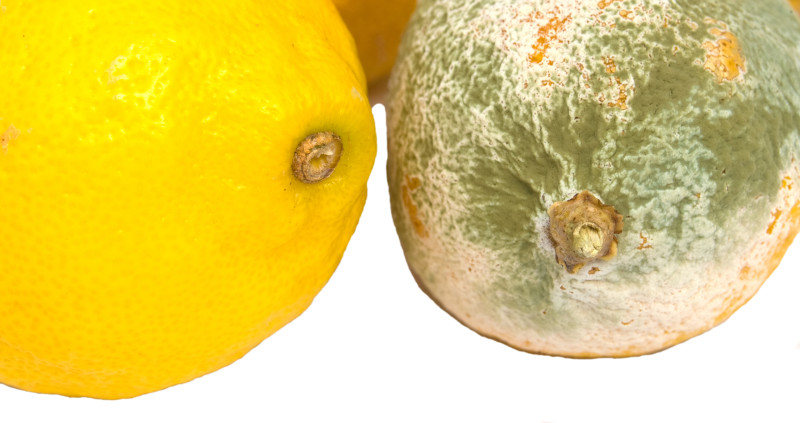
EPA reports
that the United States generates more than 33 million tons of food waste annually. Department of Agriculture estimates that recovering 5 percent of the food which is wasted could feed four million people a day; recovering 25 percent would feed 20 million people. So how is it we Americans have succumbed to so much organic waste compiling in our landfills? Is it we do not understand the toxic impact it has on our planet or is it we are use to everything being plentiful that we have lost concern for waste?
Methane, a potent greenhouse gas with 21 times the global warming potential of carbon dioxide manifests in our landfills as a result of decomposition. Methane is found everywhere, but landfills generate high concentrated levels leading to health risks for those coming in contact. Health risks include, but are not limited to oxygen deprivation, which can lead to suffocation. Breathing high levels of the gas can also lead to agitation, slurred speech, nausea, vomiting, flushing and headache. In severe cases breathing and heart complications, coma and death may occur. Together quantity and moisture along with the design and management of the waste depicts how much methane is created and released into the air.
Food that is hitting our landfills are not just from the end consumer, but starts with the farms that produce the food we eat. The California Watch Newspaper released an article dated March 31, 2010 and had these staggering findings:
- Millions of tons of fruit and vegetables rot in fields and orchards or are plowed over each year. Some of these edible crops are left behind because they are misshapen or discolored.
- Major retail grocery chains are more likely to throw away fruits, vegetables and even entire hams and roasts than donate to distribution centers.
- Restaurants dump tens of thousands of tons of edible food every year.
Now consider how many states we have in the US times the number of farms per state who discard spoiled or damaged fruits and vegetables. The amount of waste already hitting our landfills is astronomical
Unfortunately, food waste is also high amongst the end consumer. Too much food is purchased at the store and sits to spoil as a result of ethylene build up. Simply buying Evert-Fresh and BioFresh bags, which both absorb ethylene and create an atmosphere that inhibits respiration fruits and vegetables can have an extended life. Besides food spoilage it is common for someone in the home to dislike leftovers, so the food once again gets pitched in the trash. Ideally, if food was purchased daily by the consumer waste would be decreased. If leftovers were remade into new food dishes like taking leftover meatloaf and turning into a spaghetti meat sauce would lower food wastage. If restaurants served small portions there would be a significant decrease in leftovers being taken home.
Food waste may never completely stop, but there are ways to control the amount of waste being sent to our landfills and decrease the levels of methane. With the help of programs like the Landfill Methane Outreach Program (LMOP) which works with companies, utilities, and communities to encourage the use of landfill gas for energy and the food recovery and gleaning program Dan Glickman established during the Clinton Administration which was later squashed by the Bush Administration are leading us to a world where food waste will be less prevalent in our landfills.